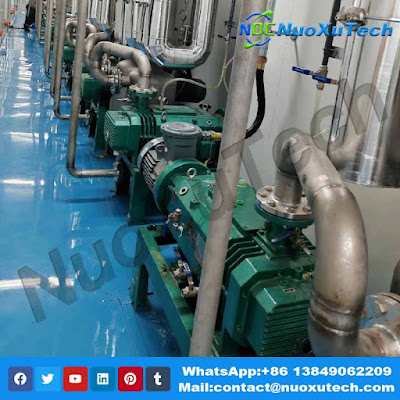Common Faults and Troubleshooting Methods of Liquid Ring Vacuum Pumps

Liquid ring vacuum pumps are widely used in various industries due to their ability to handle explosive, dusty, or moist gases. However, they may encounter several issues during operation, such as insufficient vacuum pressure, starting problems with excessive noise, motor overheating, and reduced flow rates. Understanding these common faults and knowing how to address them is crucial for maintaining the pump’s performance and prolonging its service life. This article outlines some typical problems with Liquid ring vacuum pumps and provides practical troubleshooting methods. 1. Insufficient Vacuum Pressure Possible Causes: Insufficient power supply to the motor, leading to low rotation speed. Insufficient water supply. Excessive clearance between the impeller and distribution plate. Mechanical seal damage resulting in water or air leakage. Excessive wear on the impeller. Failure to discharge circulating water properly. Troubleshooting Methods: Check the Power Supply: Ensure t...













